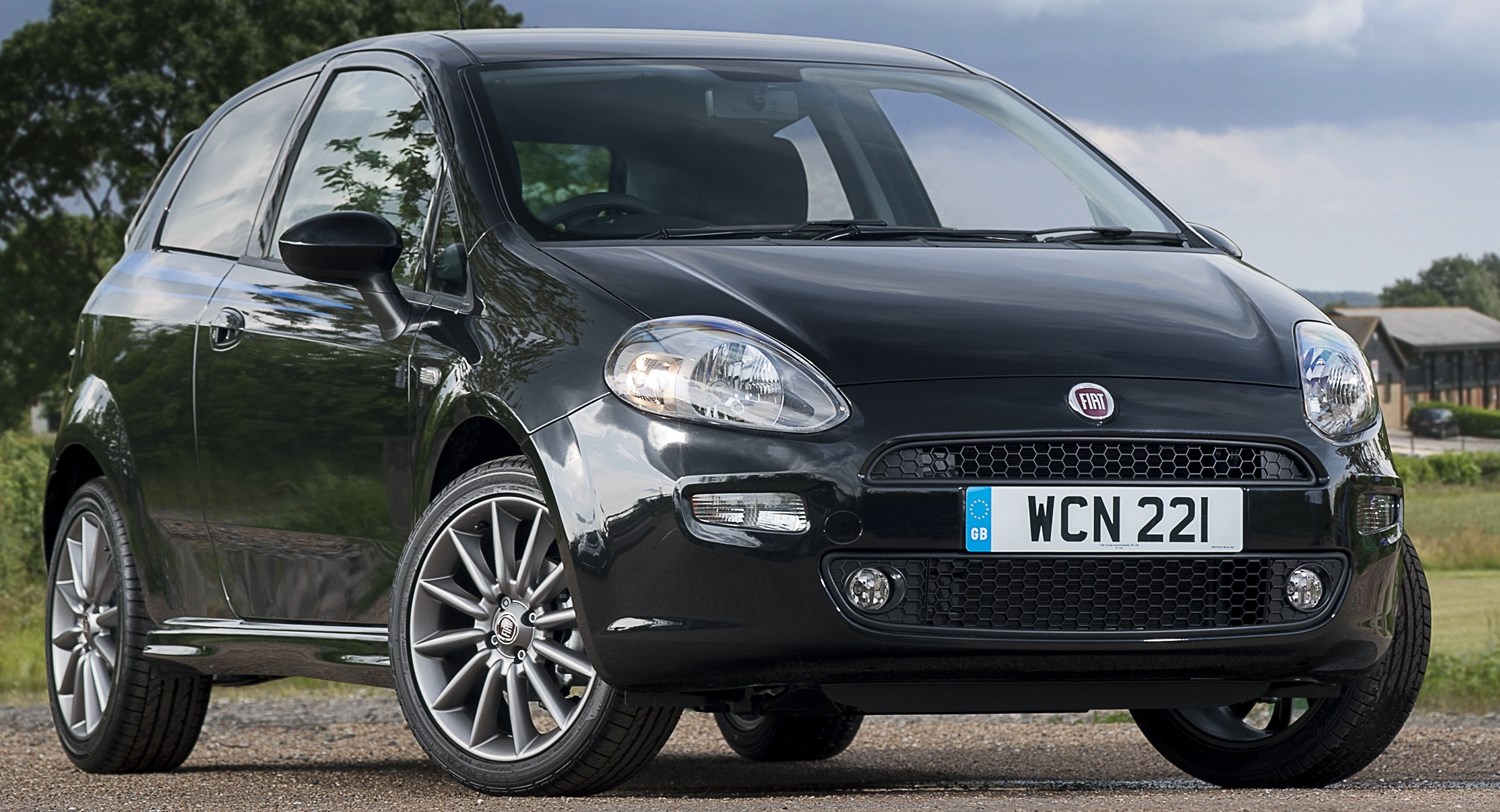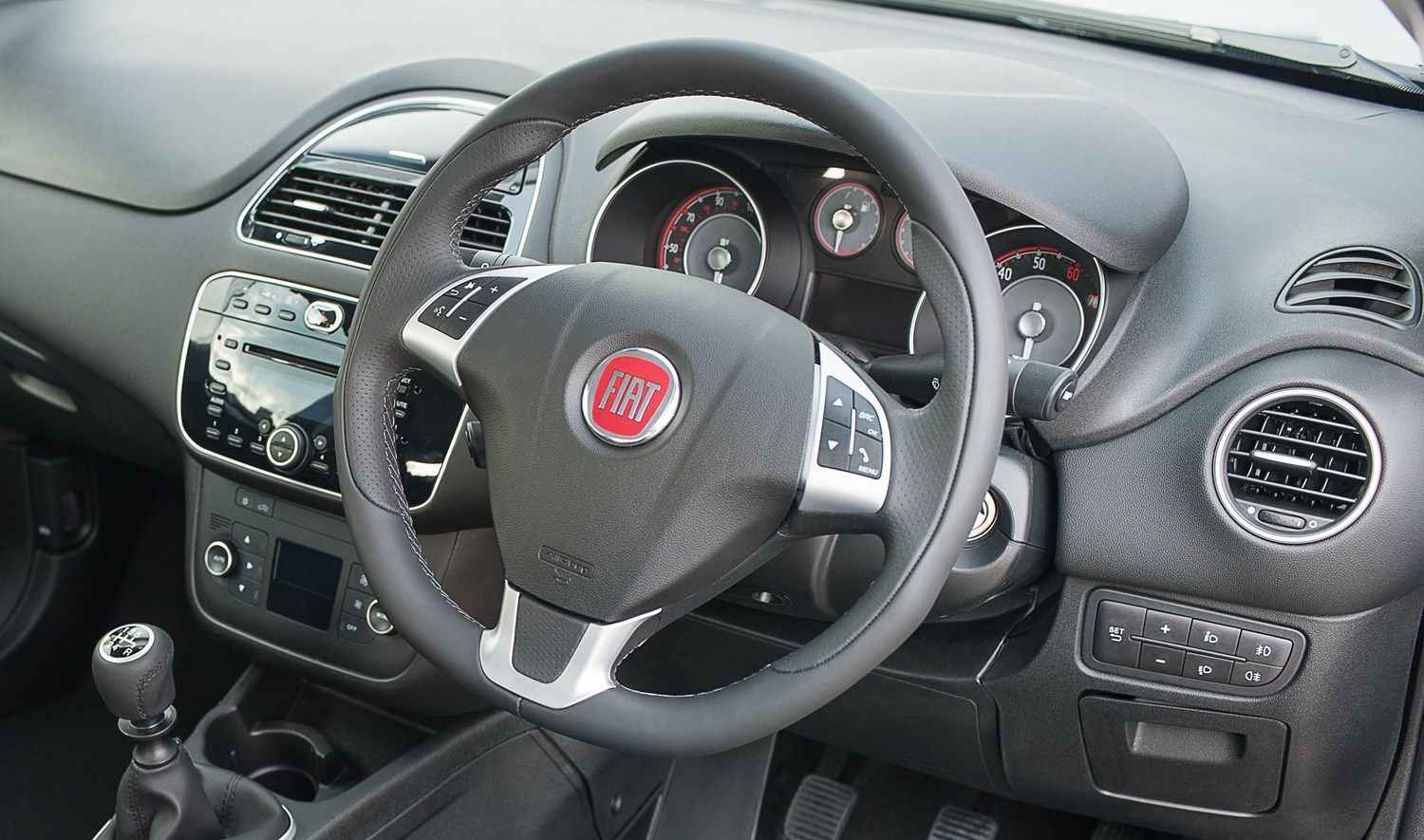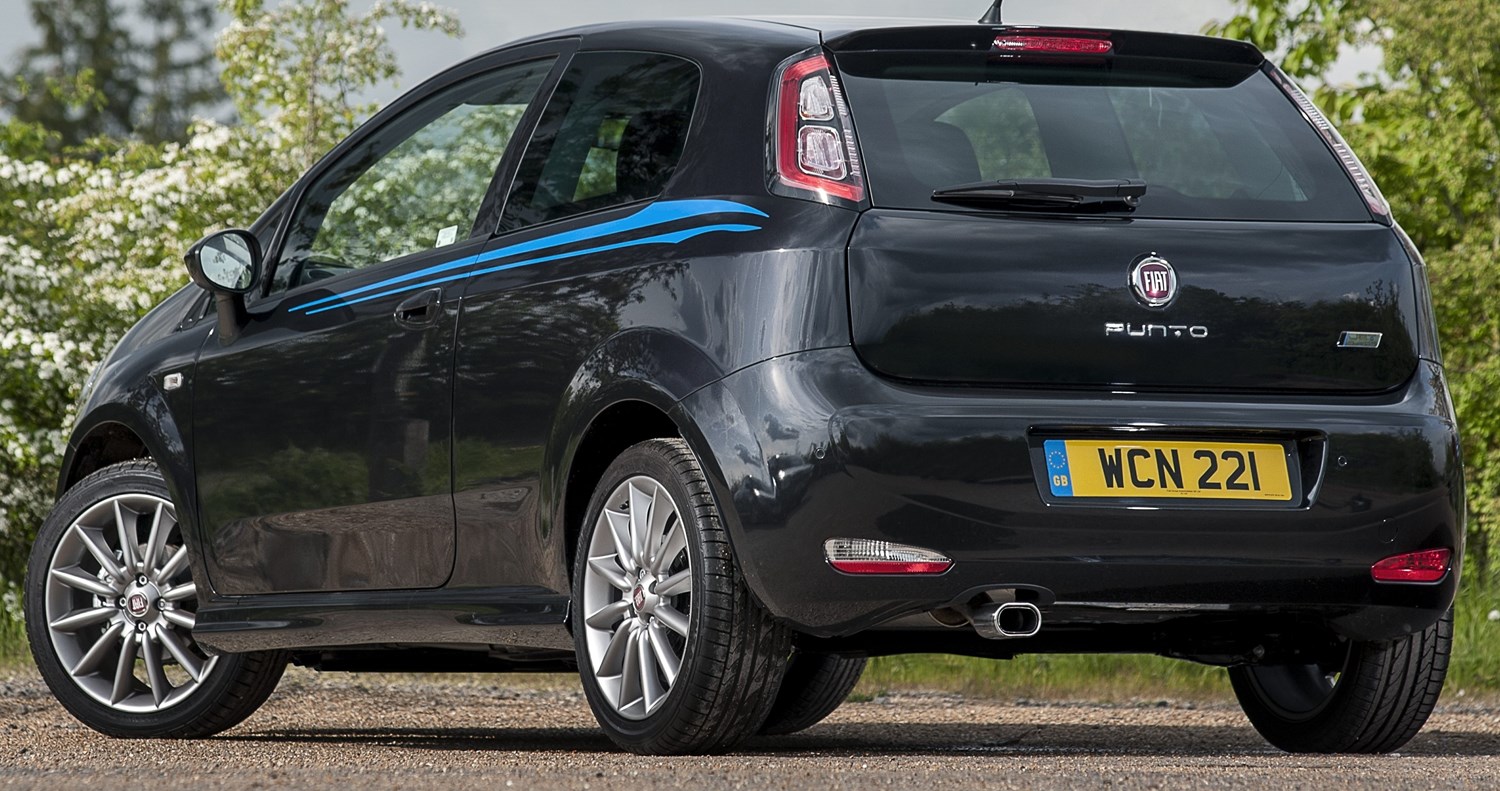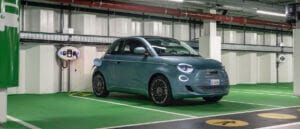Latest model
The latest Fiat Punto was revealed in 2005, offering better levels of space and practicality than the car it replaced. Called the Grande Punto, it was available with a range of efficient engines and could offer an impressive five-star Euro NCAP safety rating, making it one of the safest cars on the market at the time.
This car was given a facelift in 2009, bringing with it a new series of engines. A sporting model – the Abarth Punto – was also spawned from this model, which gave drivers a truly sporting alternative to the standard car.
The latest car has just two engines to choose from - a 1.2-litre and a 1.4-litre – while the popular diesel engine has been ditched entirely. There are also just two trim levels on offer, meaning that there’s not much to choose from in terms of personalisation. That said, interior plastics have been upgraded, and the inside of the Punto is now more polished and solid than ever before. Prices start at just £11,635, giving drivers a truly low-cost mode of transport.
Value for money
Early cars were basic to say the least. Available as a three-door or five-door hatchback, as well as a two-door convertible, the first-generation Punto had a single piece plastic dashboard with a few ventilation controls mounted within it – and that was about it. Offered as a simplistic city car, the original Punto certainly gave drivers a no-frills experience. Good examples of these cars can be purchased for as little as £500.
The second-generation cars offered better levels of standard equipment. Even cheaper models get electric windows and central locking, as well as split-folding rear seats designed to extend the Punto’s boot capacity. Plenty of storage areas were also included, giving a variety of places to put the little items that accumulate inside a car. Low-mileage examples of these Puntos can range from £500 up to over £1,200.
The third generation Punto – the Punto Grande – had a large number of new parts over the older model. Entry level cars get electric windows – and not much else. Higher-spec trims get air conditioning and alloy wheels, with these models commanding a higher price on the used market. From new, the Punto currently costs from £11,635 – though you could easily find a higher-spec model of the current design age for around half that.
Looks and image
The last redesign of the Punto took place in 2012 – with this model ditching the ‘Grande’ moniker and reverting to its original singular name. Though not as involving to drive as rivals such as the Ford Fiesta, this age of Punto is still capable, especially around town. There are just two engines available, a 1.2-litre petrol and a 1.4-litre petrol. Both return good economy figures, though CO2 emissions are relatively high for this class, with even the smaller unit emitting 124g/km CO2.
However, thanks to well-sorted suspension, the Punto rides well around town and deals with potholes and larger bumps in the tarmac. It remains a good car if you’re looking for a simple method of getting around – though in truth rivals do achieve this better, and the Punto is starting to show its age.
Inside, Fiat has tried to lift the Punto with better quality plastics, though there’s still all manner of harder materials used throughout the cabin. The overall feel of the car is good, though it struggles to match the same quality air given off by the Volkswagen Polo, for instance.
Though more reliable than past Fiat cars, even the updated Punto still struggled to maintain an issue clean-sheet. Fire risks were some of the largest problems to plague the Punto name.





